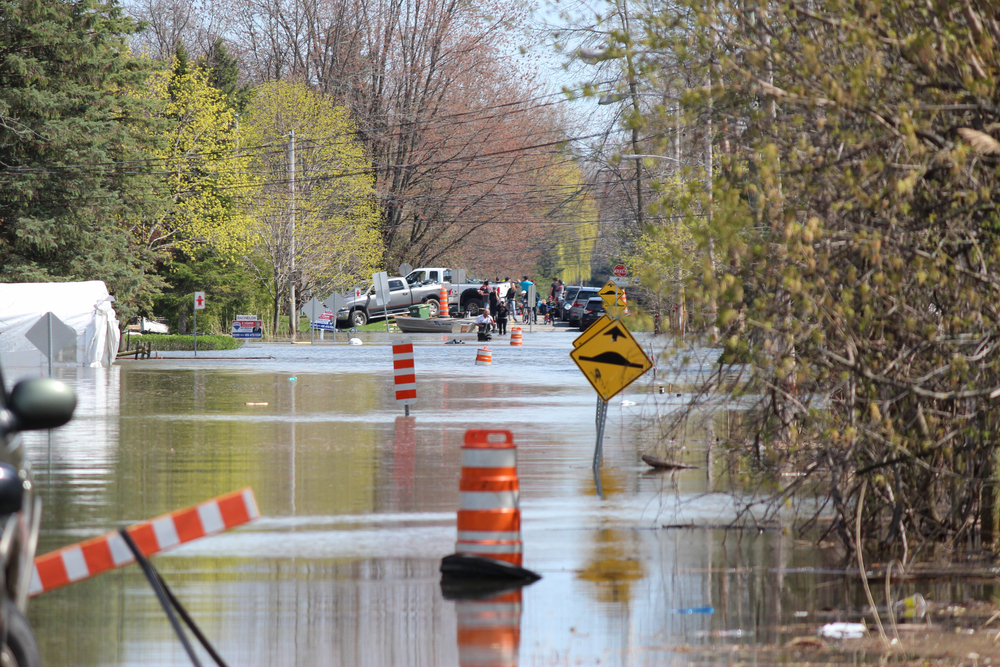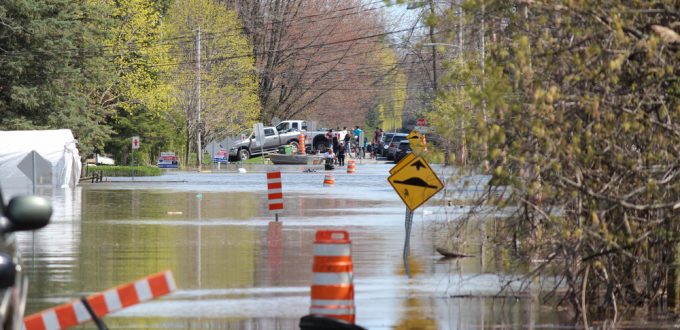
Many Householders insurers are making Flood Cover compulsary. But what factors come into play when insuring a business for flood cover?
After the 2011 floods in Queensland, the government discussed the idea of making flood cover compulsory in all insurance policies, including business insurance. Though the legislation did not go through, many insurance companies amended their policies to include flood cover as standard.
With the recent 2017 floods in Queensland and northern New South Wales, many businesses experienced firsthand the need for flood insurance, while other businesses across the country witnessed it. A major flood, such as the floods that devastated towns in Lismore and Tweed Heads, can cause lasting damage to your business and property. Most businesses in these areas thought their properties were safe, either placing too much trust in the local flood levees or thinking they were not in a flood zone.
So, should you invest in flood cover for your business or not?
Coverage defined
The ‘standard definition’ of flood cover most often includes cover for your business assets and contents should they suffer from damage due to rainfall that has caused water to escape or overflow from a waterway (but excluding the ocean). If you have property insurance, it’s safe to say your policy covers storm and wind damage as an insured event. However, it’s important to note the difference between flood and storm cover as storm cover only extends to the damage that results from rainwater coming from the sky, rather than from waterways. Be sure to always read your product disclosure statement and be clear on exactly what is and is not covered.
Cost
The cost of taking out flood insurance depends on a range of factors, including your proximity to waterways, any roadworks that may be taking place, agricultural developments, current or upcoming changes to rivers and catchments, and the presence of flood levees. These factors and more help an insurance company to determine your premium. It will determine your level of risk and the level of risk it is willing to take on in order to provide you with appropriate cover.
Location
Most local councils offer residents flood awareness maps for their area. The maps detail the layout of the area and your property’s risk of flooding. This map can help you determine if you are in a high-risk area and require flood cover or if, based on previous events, you are in an area that does not normally flood. Knowing this information can help you decide if flood cover is something you need and the level you may require based on your location. It can also let you know if you are eligible for cover as some insurance companies do not provide flood cover to those in flood-prone areas.
What does it cover?
Taking out flood insurance can ensure you have various types of property and equipment covered in the event of a flood, including but not limited to:
the office building
office furniture
office supplies
office equipment including computers, laptops, phones, etc.
office files, if salvageable
fixed building items such as carpet and lighting
personal effects of staff members
other electronic equipment such as a microwave or fridge.
Floods have caused devastation for Australian businesses over recent years, including shopfronts and farming, as seen with the recent flooding caused by Cyclone Debbie (which media predict will cost well over $1.5 billion).
So, to invest in flood cover or not? The short answer: yes. You’ll thank yourself if anything ever happens. Plus, with the varied types of cover and options, you’ll find something to suit your company budget and needs whether your business is in a high-flood zone or not.
If you’re still unsure, there is no harm in asking about price and covers. Contact us now if you would like to discuss further.
source: KnowRisk.com.au











